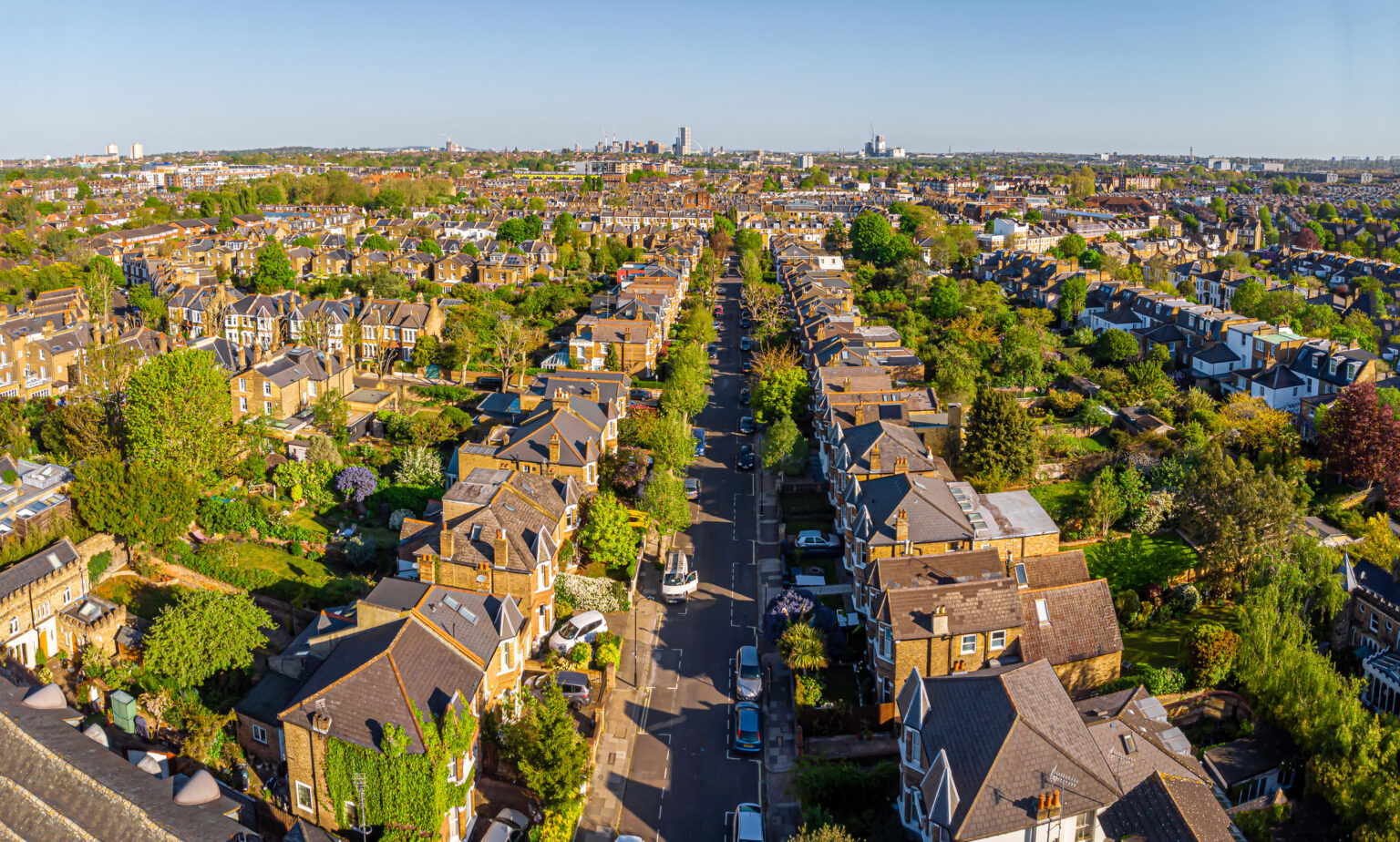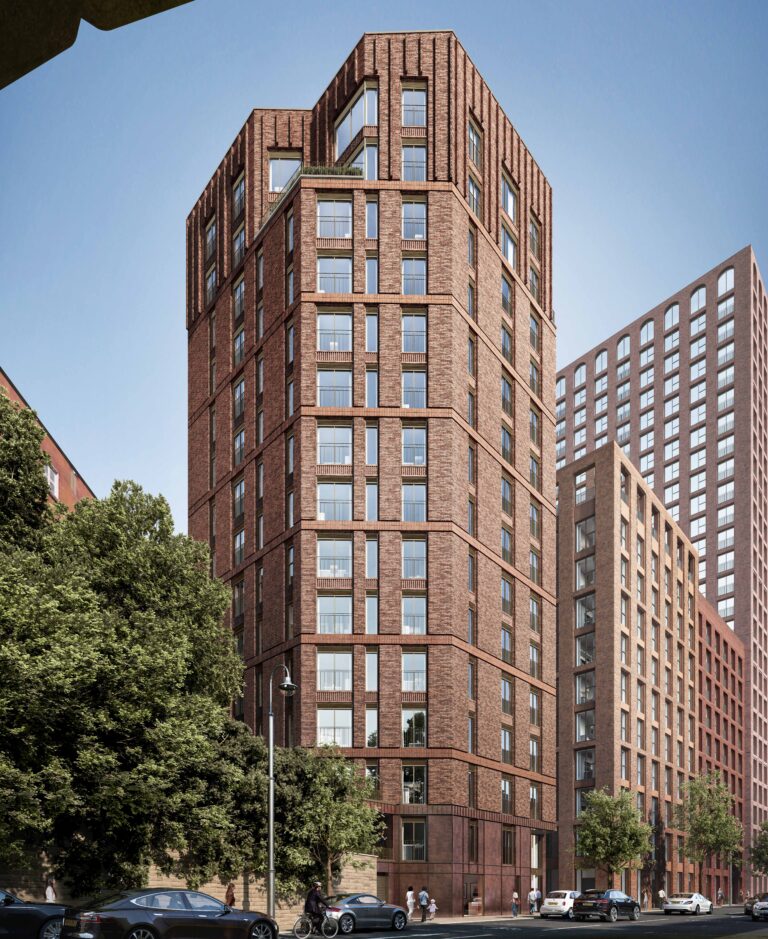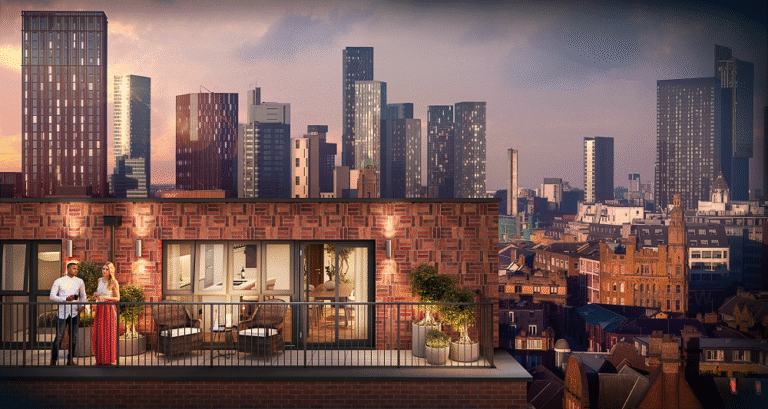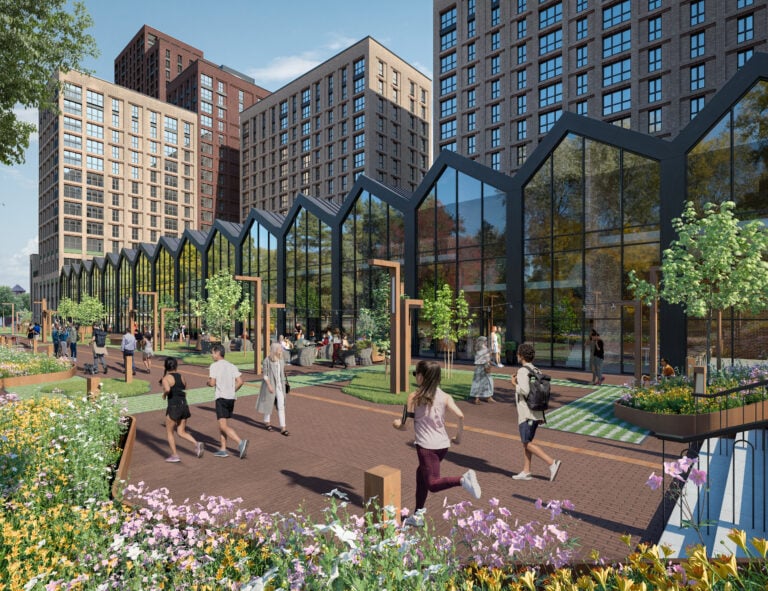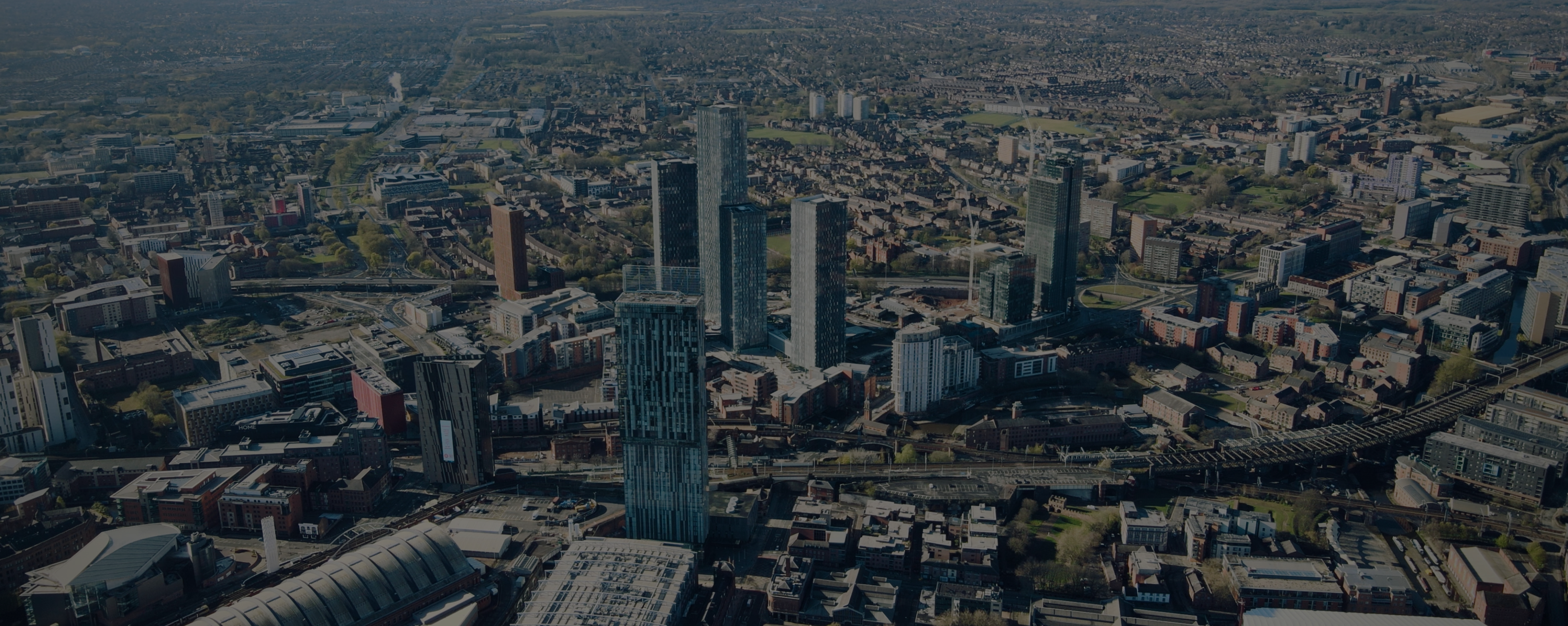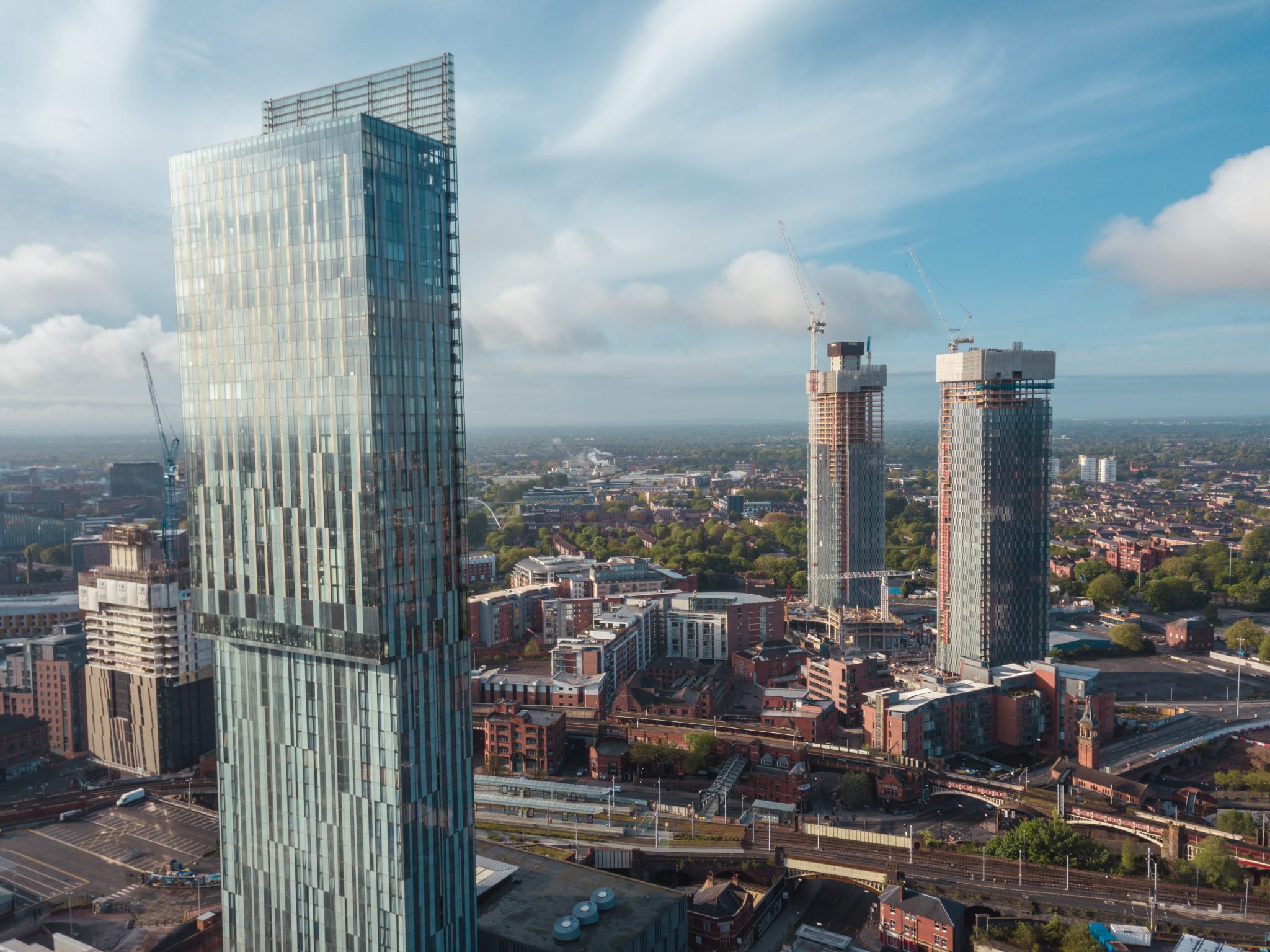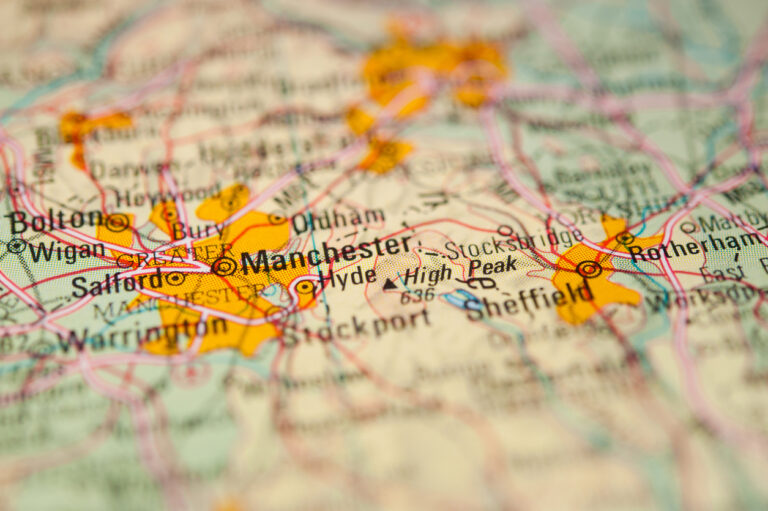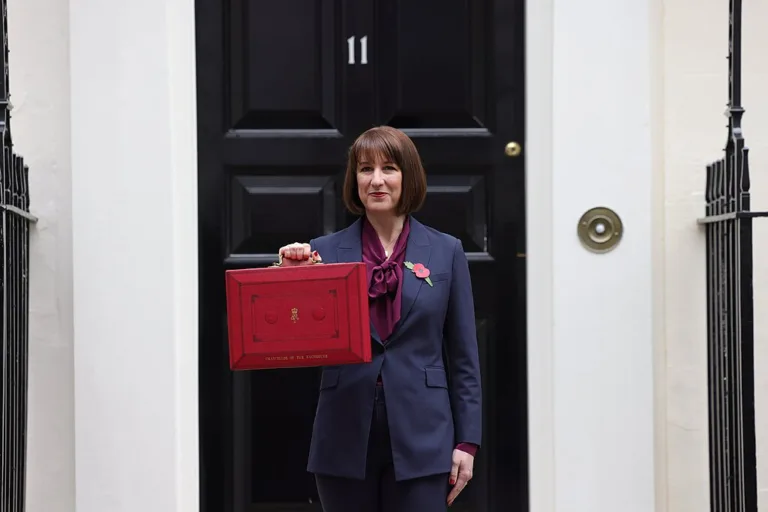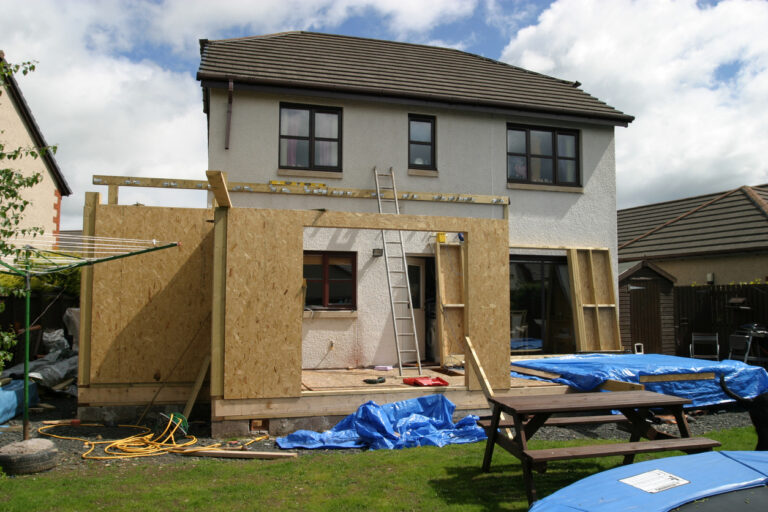Anyone who bought a property in 2020 could have achieved a huge 20% capital appreciation thanks to rapid growth in house prices, but more than a million homes have seen their values surge by 50%.
A £55,800 profit on a property purchased five years ago is a strong result for investors, and this is the average value gained during the time period according to the latest figures from Zoopla – equivalent to a 20% rise.
Of course, the UK property market is characterised by its vast differences depending on where you are, with certain locations limping along while others surge ahead.
But while around 80% of homes (around 24 million) have seen house prices rise by at least 5% since 2020, a huge one million properties are now worth at least 50% more, representing a huge rise in value of an average £117,400.
UK house prices: ones to watch
The North West stands out with the greatest growth in house prices since June 2020, according to Zoopla’s report. Back then, the average property value in the region was £122,200 – now, it’s £199,300, with 12% of all homes increasing in value by 50% or more.
Due to the affordability of the North West, this means the actual value gained is at the lower end, with £77,100. But in terms of returns for investors, this is a strong result in a relatively short space of time, particularly for those targeting the fastest rising towns and cities.
Zoopla notes that urban areas in particular in the North West have had the strongest house prices in recent years, led by Liverpool, Manchester and the surrounding areas. It also highlights the towns of Rochdale, Bolton and Oldham as having had particularly fast-paced growth since 2020.
Next, 11% of homes in Wales saw their values increase by 50% or more. The average property was worth £140,100 in June 2020, while it’s now worth an average £230,800.
Scotland and Yorkshire and the Humber both saw 6% of homes boosting their values by 50% or more, and again, these property markets are at the lower end of the price scale compared with the rest of the UK.
In the North East, 5% of properties saw house prices rise by 50% or more during the five-year period, representing an average value change of £69,200.
The flip side
Although value losses across the UK have been minimal since 2020, Zoopla’s report demonstrates that London and parts of the South continue to lag behind when it comes to growth in house prices.
In the capital, 13% of properties have lost 5% or more of their value. Because the London housing market is so expensive, this amounts to an average of £34,000 shaved off the value of these homes.
Inner London areas such as Westminster and Kensington & Chelsea have fared the worst, with almost half of all homes in these boroughs now worth less than they were in June 2020.
However, in the past, London has been a top performer when considering rising house prices, thanks to its status as the economic centre of the country with the most international appeal, keeping demand for homes high.
Investors must consider the market
For property investors selecting a strategic location, it has been apparent for some time that the greatest growth is being seen in the northern parts of the country.
At the same time, these locations tend to have the lowest house prices, which not only cuts the stamp duty bill but can also mean lower borrowing costs, which has become hugely important since interest rates began to rise in 2022.
Because of this, forecasts point to the current trends continuing across the housing market, with more affordable regions leading the way – particularly alongside an increased focus in national and private investment in regional cities away from London.
Richard Donnell, executive director at Zoopla, points out that there is clearly “no single housing market”, with house prices and capital growth varying widely across the UK.
“1 million UK homes have seen their value increase by 50% or more over the last 5 years as higher mortgage rates and rising rents encourage home buyers to seek out value for money in localised markets across northern England and Wales,” he said.
“Home value growth has been weaker across southern England and particularly in London. A combination of high prices and higher mortgage rates have reduced buying power and this has been reflected in flat prices and modest price falls in inner London.
“The UK currently has the most homes for sale in 7 years. It’s critically important that serious sellers fully understand the local market dynamics impacting the value of their home and seek the advice of agents on where to set their asking price in order to achieve a sale.”
